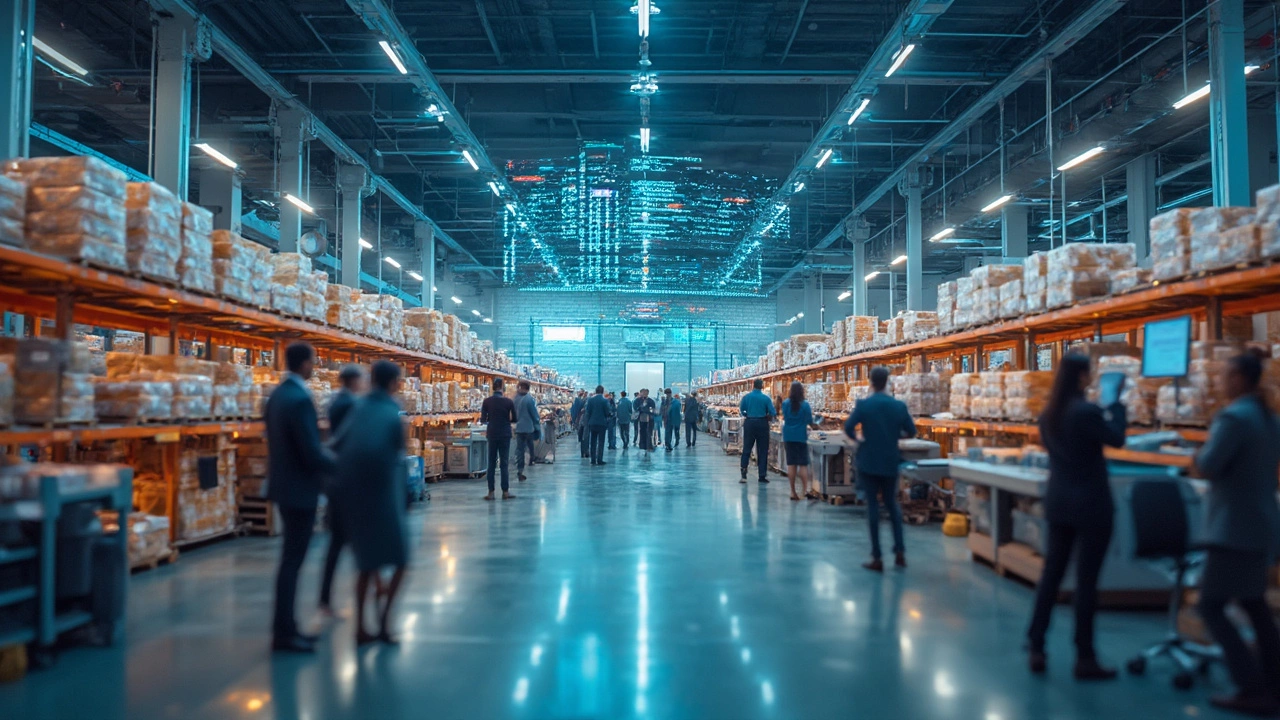Pharmaceutical Distribution: Understanding the Backbone of India's Drug Market
When talking about Pharmaceutical Distribution, the system that moves finished medicines from manufacturers to pharmacies, hospitals, and end‑users. Also called drug distribution, it links production with the people who actually take the pills. This network decides how quickly a new vaccine reaches a clinic or how reliably a chronic‑care tablet stays in stock.
The pharma supply chain, a broader set of activities that includes sourcing raw materials, manufacturing, and final distribution is the engine behind the whole process. Its main attributes are visibility, speed, and safety. Companies that can track each batch in real time tend to reduce waste and avoid stock‑outs. Think of it as a highway where every exit, toll, and checkpoint is monitored.
Within that chain, drug logistics, the planning and execution of transporting pharmaceutical goods handles the actual movement. Key metrics include on‑time delivery rate, temperature deviation incidents, and handling cost per unit. When products require temperature control, cold chain, a temperature‑controlled supply network for sensitive medicines becomes essential. Cold‑chain assets must keep vaccines between 2‑8 °C, and any break can render a batch useless.
All of this runs under strict regulatory compliance, the legal framework that ensures safety, efficacy, and traceability of pharmaceuticals. In India, the Central Drugs Standard Control Organization (CDSCO) and state authorities enforce rules on labeling, storage, and documentation. Non‑compliance can lead to recalls, fines, or loss of license, making it a non‑negotiable part of distribution strategy.
Why the Landscape Is Shifting Fast
Technology is rewriting the rulebook. Digital platforms give distributors real‑time dashboards, AI predicts demand spikes, and blockchain offers immutable batch records. These tools improve the three core attributes of the supply chain—visibility, speed, and safety—by turning guesswork into data‑driven decisions. For example, a recent AI model forecasted a 15 % surge in insulin demand during the monsoon season, allowing distributors to pre‑position stock and avoid shortages.
At the same time, the market faces pressure from new entrants and changing consumer expectations. Patients now expect medicines to be delivered to their doorsteps, mirroring e‑commerce trends. This pushes distributors to partner with logistics firms that specialize in last‑mile delivery, often integrating cold‑chain containers into city‑wide networks. The rise of specialty drugs—biologics, gene therapies—adds complexity because these products need ultra‑low temperatures and tighter handling protocols.
Financially, efficient distribution can shave up to 10 % off a company's operating cost, according to a 2023 industry survey. Those savings come from reduced inventory holding, fewer spoilage incidents, and lower transportation tariffs achieved through route optimization. On the flip side, poor distribution inflates costs and erodes brand trust; a single stock‑out in a remote clinic can ripple into lost revenues and negative public perception.
The articles below pull together real‑world examples that illustrate these dynamics. You’ll read about high‑demand products in 2025, the future of pharmacy careers in India, and how AI chips are being built locally to support advanced drug manufacturing. There’s also a look at the most profitable factories, the role of small‑scale manufacturing, and the impact of regulatory changes on distribution practices.
All this context sets the stage for the curated collection of posts that follow. Whether you’re a distributor, a pharma executive, or just curious about how the medicines you take get to you, the insights ahead will help you see the bigger picture and spot the next opportunity in pharmaceutical distribution.
